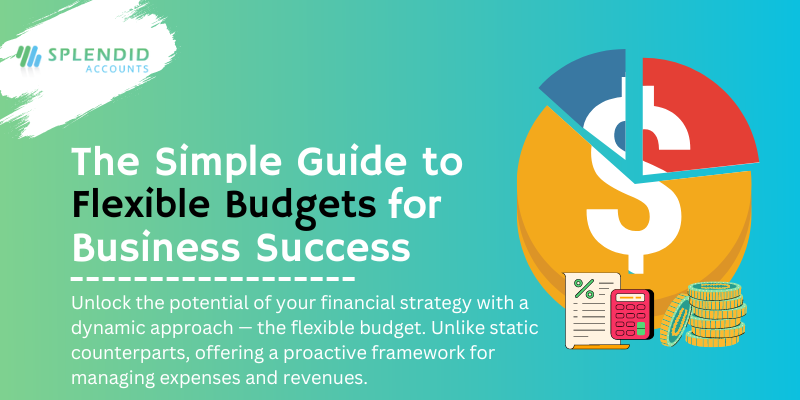
A flexible budget is a financial plan that adjusts to changes in activity levels, providing a dynamic framework for managing expenses and revenues based on varying production or sales volumes. Unlike static budgets, which remain fixed regardless of actual performance, flexible budgets adapt to fluctuations in business operations.
Key features of flexible budgets include:
Variable Components: Flexible budgets distinguish between fixed and variable costs. Variable costs change proportionally with production or sales levels, while fixed costs remain constant within a certain range.
Adjustable Metrics: Flexible budgets typically use activity-based metrics, such as units produced, units sold, or sales revenue, as a basis for adjustments. This allows businesses to align budgetary expectations with real-world changes in operational output.
Scenario Planning: Businesses can utilize flexible budgets to simulate various scenarios and assess the financial impact of different activity levels. This aids in decision-making by providing insights into how changes in production or sales might affect overall financial performance.
Comparative Analysis: Flexible budgets enable a comparison between actual results and the budgeted amounts at different levels of activity. This facilitates performance evaluation, variance analysis, and helps management identify areas where adjustments or improvements may be necessary.
Adaptability: As market conditions, consumer demand, or other factors evolve, flexible budgets empower organizations to modify their financial plans accordingly. This adaptability is particularly valuable in dynamic industries or those with seasonal variations.
In summary, a flexible budget serves as a valuable financial tool for businesses to proactively manage their finances in response to changes in activity levels, helping them maintain financial control and make informed decisions based on real-time operational conditions.
